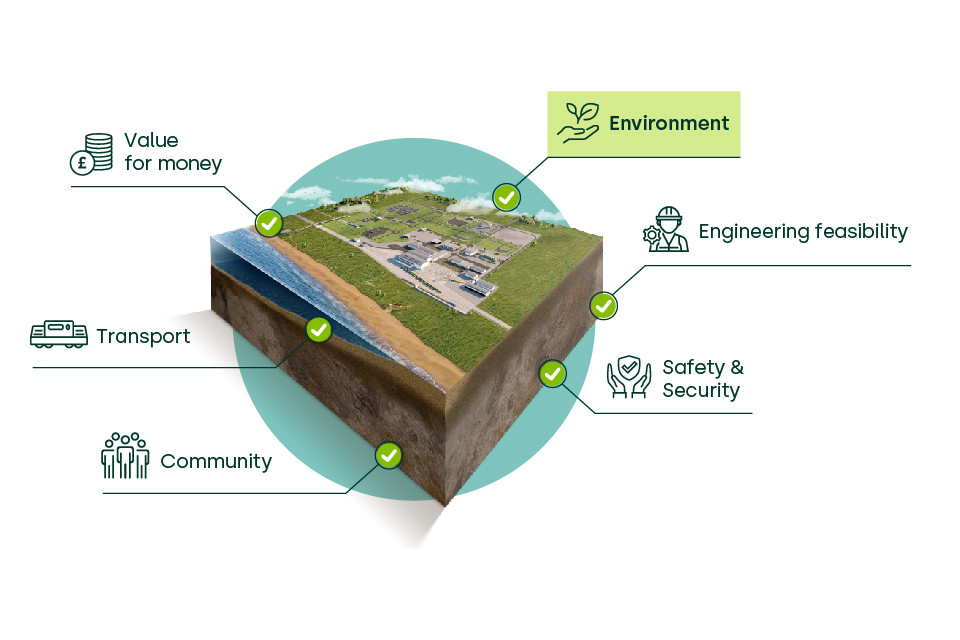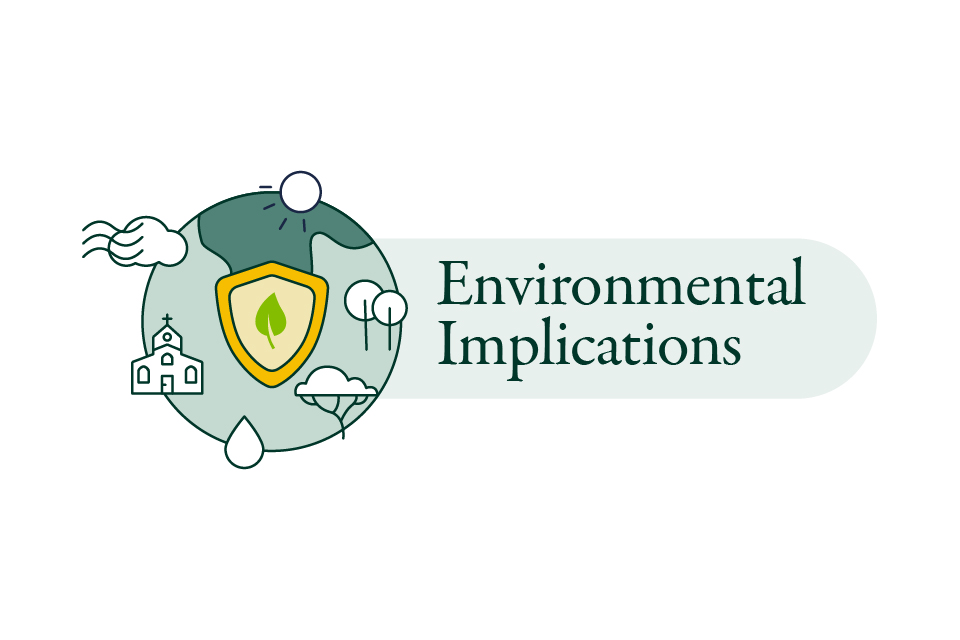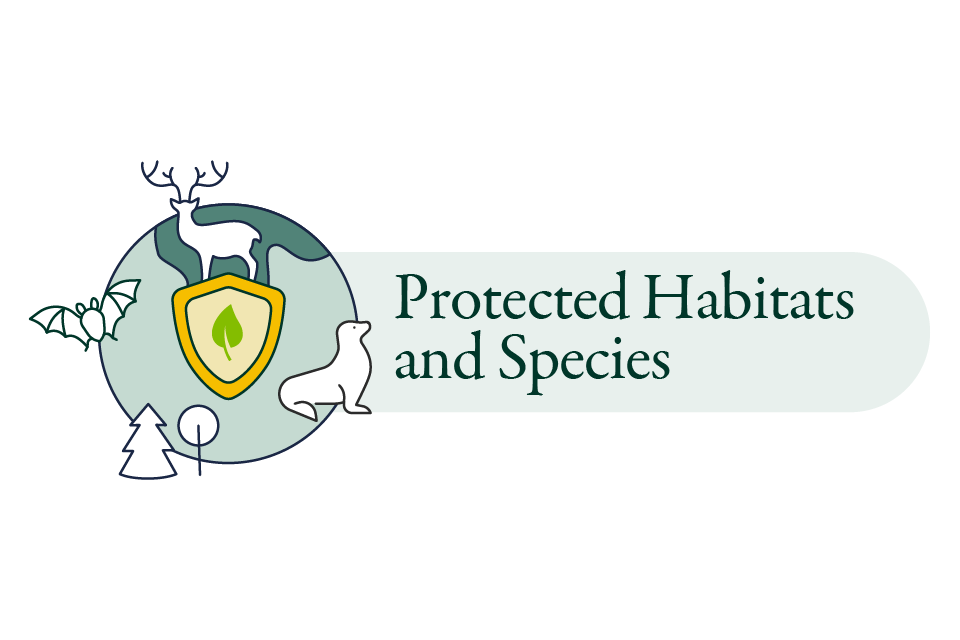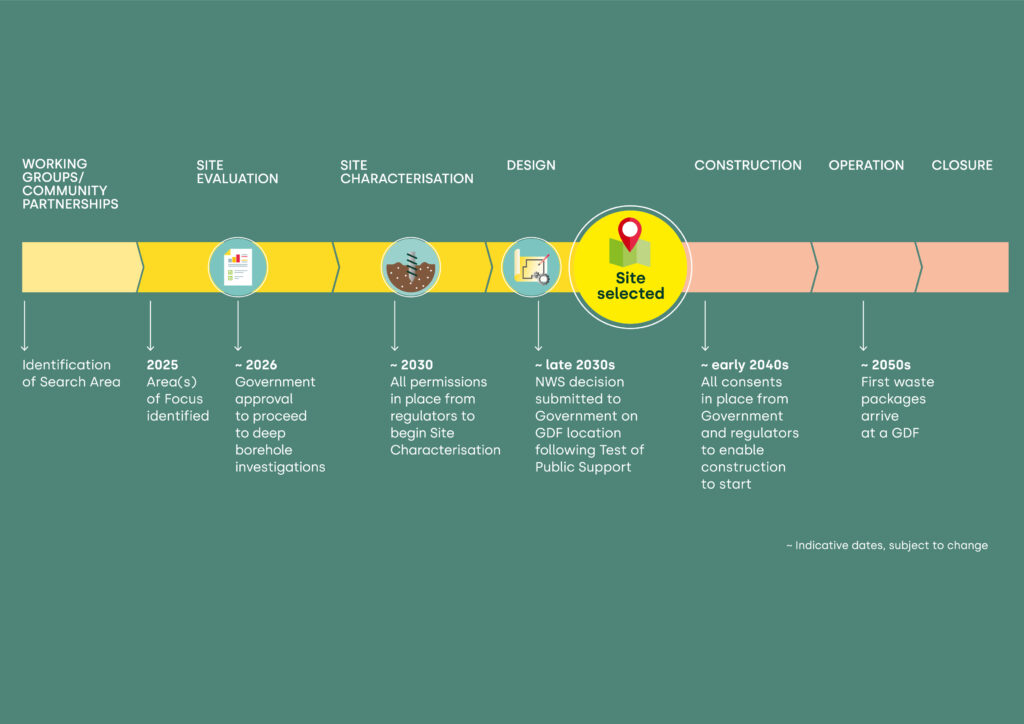Site Evaluation: The Environment Siting Factor
Why the environment is important at this stage of the GDF siting process.
By Scott Stanley, Environmental Assessment Manager at Nuclear Waste Services
Site Evaluation
Site Evaluation is a crucial step in the journey toward identifying a suitable location for a Geological Disposal Facility (GDF). It informs the Site Suitability Perspective – one of three key perspectives in the Decision Making Framework that guides Nuclear Waste Services (NWS) in key siting decisions including deciding which communities may progress to deep borehole investigations.
Through detailed studies based on the Six Siting Factors and 26 Evaluation Considerations in the Site Suitability Perspective, NWS assesses and evaluates whether a GDF can be designed, constructed, operated, and closed safely.
Environment Siting Factor
One of the Six Siting Factors is the Environment Siting Factor. Understanding the local environment is a vital step in helping to inform the permissions required for investigations into whether an area may be suitable for a Geological Disposal Facility (GDF).
Nuclear Waste Services (NWS) must consider not only how the studies, and ultimately a GDF, could affect the environment, but also how environmental conditions may influence the facility itself.
As part of the Environment Siting Factor, NWS are assessing a wide range of potential environmental implications such as noise, biodiversity, flood risk, and the presence of protected habitats and species. Where potential impacts are identified, appropriate mitigation measures will be explored to minimise harm.

Evaluation Considerations
The Environment Siting Factor also considers sustainability, the use of natural resources, and the potential impacts of climate change.
There are two key environmental Evaluation Considerations as part of the Environment Siting Factor:
Environmental Implications
Protected Habitats and Species
Environment Implications
We will consider the potential implications of the below list in the investigation, construction, operation and closure of the GDF on the environment:

- Air quality
- Noise, vibration and lighting
- Biodiversity and nature conservation
- Climatic factors including effects of climate change
- Historic environment implications
- Flood risk and coastal change
- Landscape and visual implications
- Land use, including effects on and compatibility with existing land uses
- Geology and soils, including effects on soil quality and features of geological interest
- Waste management, including the ability to adhere to the Waste Management Hierarchy and management of waste, such as spoil
- Resources, including the ability to utilise resources efficiently
- Water quality, including surface and groundwater quality
- Any mitigation measures which are required
Protected Habitats and Species
We also consider the potential implications on protected habitats and species, including internationally, nationally and locally important sites, like Special Protection Areas, Sites of Special Scientific Interest, Marine Conservation Zones, Local Nature Reserves, and individual wildlife species and habitats, such as Ancient Woodland.

Why Areas of Focus are important
The Search Areas we’re exploring on land, and the inshore area in the deep geology beyond the coast, are large and varied. We have identified smaller Areas of Focus to guide the Site Evaluation studies and help prioritise resources for assessing the potential of each area to safely host a GDF.
Areas of Focus also enable us to focus and plan the environmental surveys needed for future investigations. We will continue to examine factors like biodiversity designations, flood risks, historic monuments, and more. This helps us assess potential impacts and begin to plan mitigation strategies.
Carrying out environmental studies
Our environment work to date has involved early feasibility studies, mostly using existing data. These studies have focused on the topics listed under Environmental Implications (above) and help us understand which areas could move forward to more detailed Site Characterisation work, which will include deep borehole investigations.
Since October 2023, we have also completed Marine Aerial Surveys off the Copeland coast. These monthly surveys have been recording bird and marine mammal activity in the area using aircraft photography. These surveys have given us a broad understanding of the species present at different times of the year, and provide a baseline for future assessment of the potential environmental impacts of our Site Characterisation works.
From September 2025, NWS will move to a new phase of environmental surveying – Wintering Bird Surveys – where trained observers will record bird numbers and behaviour within the intertidal zone (the area between high and low tide) from fixed points along approximately 30 km of the Cumbria coastline.
This will allow us to build on data collected by the Aerial Surveys, enhancing our knowledge of the populations of bird species present throughout the year and their behaviour in response to occurring natural and man-made stimuli. The information gained will help us plan works and mitigation measures during this next stage of investigations.
Understanding the environment throughout the process
Understanding the environment we work in is essential – and for every potential impact on the environment that we identify, we will consider mitigation methods using the Mitigation Hierarchy to minimise any potential harm.
We will also assess cumulative effects (the combined impact of the GDF alongside other developments) to ensure we’re taking a full picture of environmental risks.
Mitigation Hierarchy

What happens next?
For an area to move forward to the next stage of the siting process – Site Characterisation– NWS need to make a decision on a community or communities to progress . This represents a significant step for the overall GDF programme, and it is a decision which will require the Secretary of State for Energy Security and Net Zero’s (SoS) approval.
Additionally, before we can undertake the Site Characterisation works, which involves detailed investigations such as drilling deep boreholes to understand the geology underground – we will need to carry out an Environmental Impact Assessment (EIA).
This will involve a detailed programme of environmental surveys across topics like biodiversity, archaeology and cultural heritage, air quality and noise, landscape and visual effects.

That EIA will be a core part of our applications for a Development Consent Order (DCO) and environmental permits. We cannot start Site Characterisation works until the relevant regulators grant those consents.
In summary, throughout this process, environmental considerations will continue to inform our work, and we are committed to ensuring that wherever a GDF is ultimately located that the environment remains a central priority.
